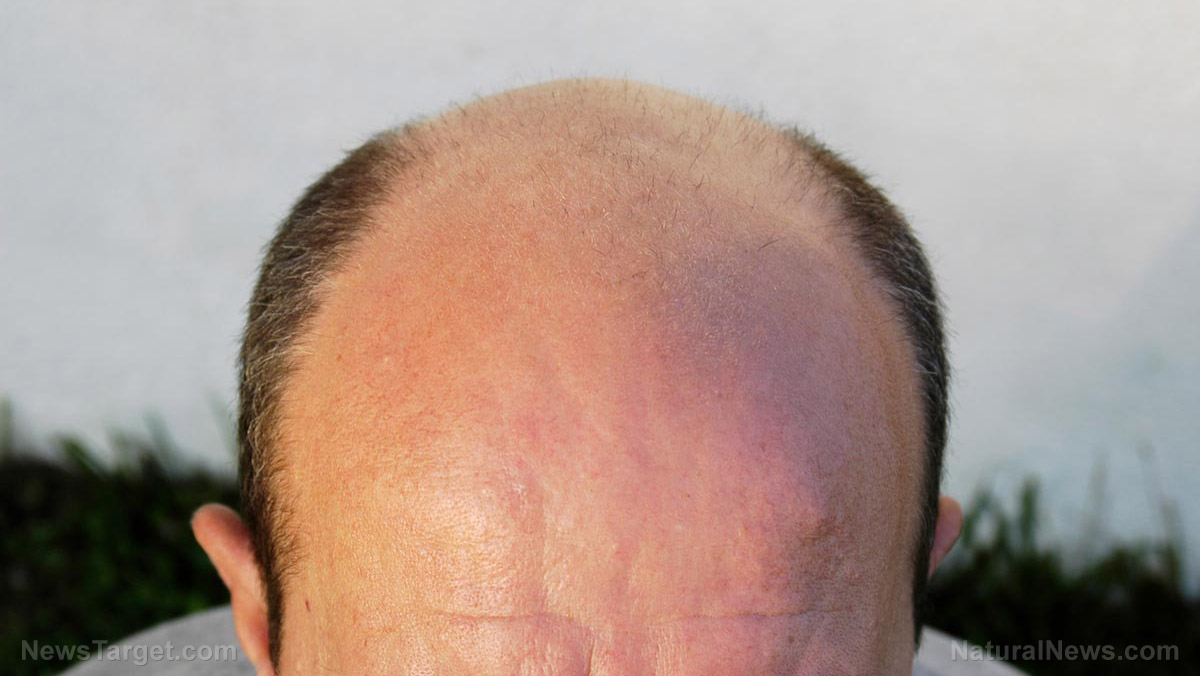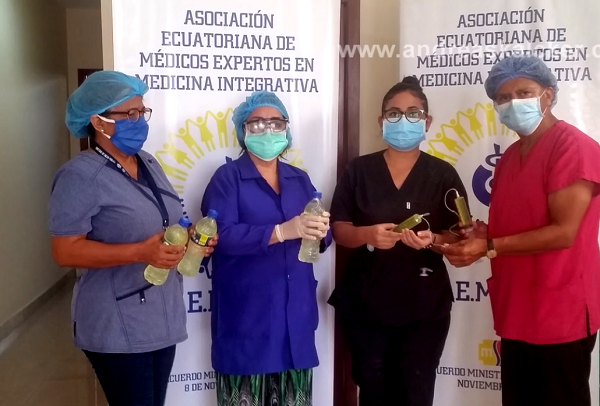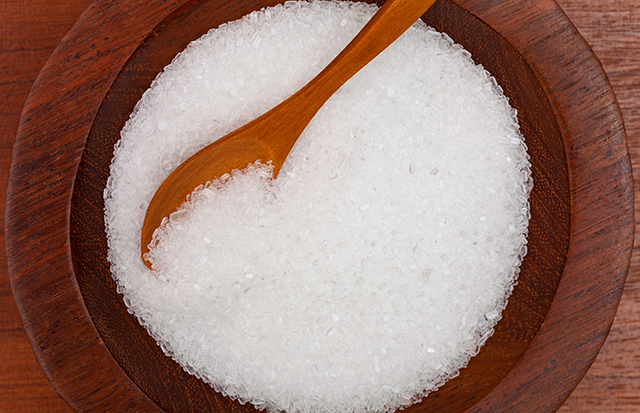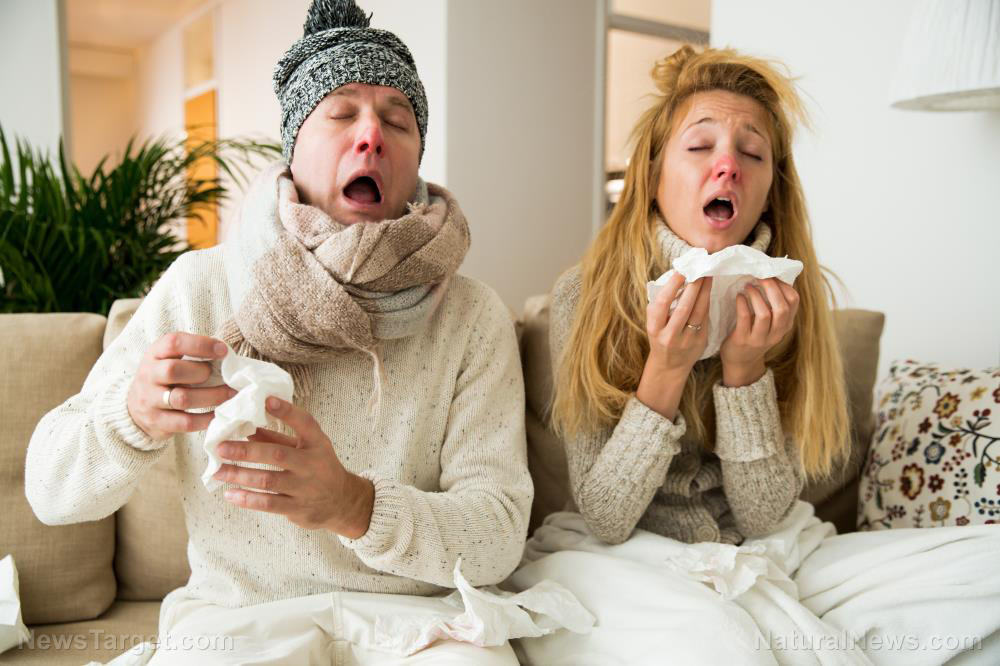Whole Foods’ promise to label everything with GMOs by 2018 is quickly approaching
03/20/2017 / By Vicki Batts

As 2017 trudges on and 2018 grows ever-closer, inquiring minds want to know: will Whole Foods meet their promise of total and complete GMO labeling by next year? With tumbling sales and the closing of multiple stores, going back on their word is not something the food retailer can afford to do right now.
Four years ago, Whole Foods announced their plans to roll out GMO labels for all products that contain genetically modified ingredients. The grocery chain described their March 2013 decree as being the first time a grocery store would set a deadline for labeling GMO products. At the time, Whole Foods did not disclose what kind of labeling they intended to use.
On the Whole Foods website, the grocery chain states that they are “well on their way” to meeting their 2018 GMO labeling goal, and advertises that they have more than 30,000 organic and 13,500 Non-GMO Project-verified items in stores already. Whole Foods purports itself as a leader in the organic industry and claims to be one of the first retailers to pursue GMO transparency.
“At Whole Foods Market, we believe you have the right to know what’s in your food. So we’re the first national grocery chain committed to providing GMO (genetically modified organism) transparency for our customers,” states their web page.
The irony here, of course, is the fact that Whole Foods supported legislation that would dismantle state-level GMO labeling efforts, and replace them with at the federal level with fake GMO labels in the form of a QR code. Whole Foods Market CEO Walter Robb is on the record announcing his support of the phony Stabenow-Roberts bill. [RELATED: Read more about GMO labeling and legislation at GMO.news.]
Mike Adams reported that in this Aspen Institute video discussing the bill, Robb stated, “My view on the bill is that, and I’m pretty intimately aware of it, is that I think it’s an incredible thing that Sen. Stabenow has put together with Sen. Robert, when you take a look at the atmosphere up there on Capitol Hill, that this much was accomplished together [emphasis added].”
Robb went on to explain how he thought manufacturer choice in GMO labeling efforts was a great idea, and praised the compromise. But is it really a compromise when one has to use a QR code or call a 1-800 number to verify a product is GMO-free? It’s a deceptive compromise that will be cumbersome and confusing to consumers.
While Robb may be the co-CEO of a grocery chain, he is also quite the politician. Soon after the criticism of his support of the bill began rolling in, Robb made a statement on Facebook and authored a blog post in an attempt to explain away his approval of the bill. Naturally, the blog post was completed with a reminder of the company’s “transparency” and a few touches of self-aggrandizement for their efforts.
Robb has even reportedly called Vermont’s GMO labeling “too complex to follow.”
But, Whole Foods promise of GMO labeling hasn’t come to fruition quite yet — and there are lots of questions at hand. For example, will they be allowing their product manufacturers to opt for QR codes that cannot be read by humans and require a scanner? Or will they do the transparent thing and insist on a simple, easily understood label?
Sources:
Submit a correction >>
Tagged Under:
consumer rights, GMO labeling, transparency, Whole Foods
This article may contain statements that reflect the opinion of the author
RECENT NEWS & ARTICLES
Natural.News is a fact-based public education website published by Natural News Features, LLC.
All content copyright © 2018 by Natural News Features, LLC.
Contact Us with Tips or Corrections
All trademarks, registered trademarks and servicemarks mentioned on this site are the property of their respective owners.





















